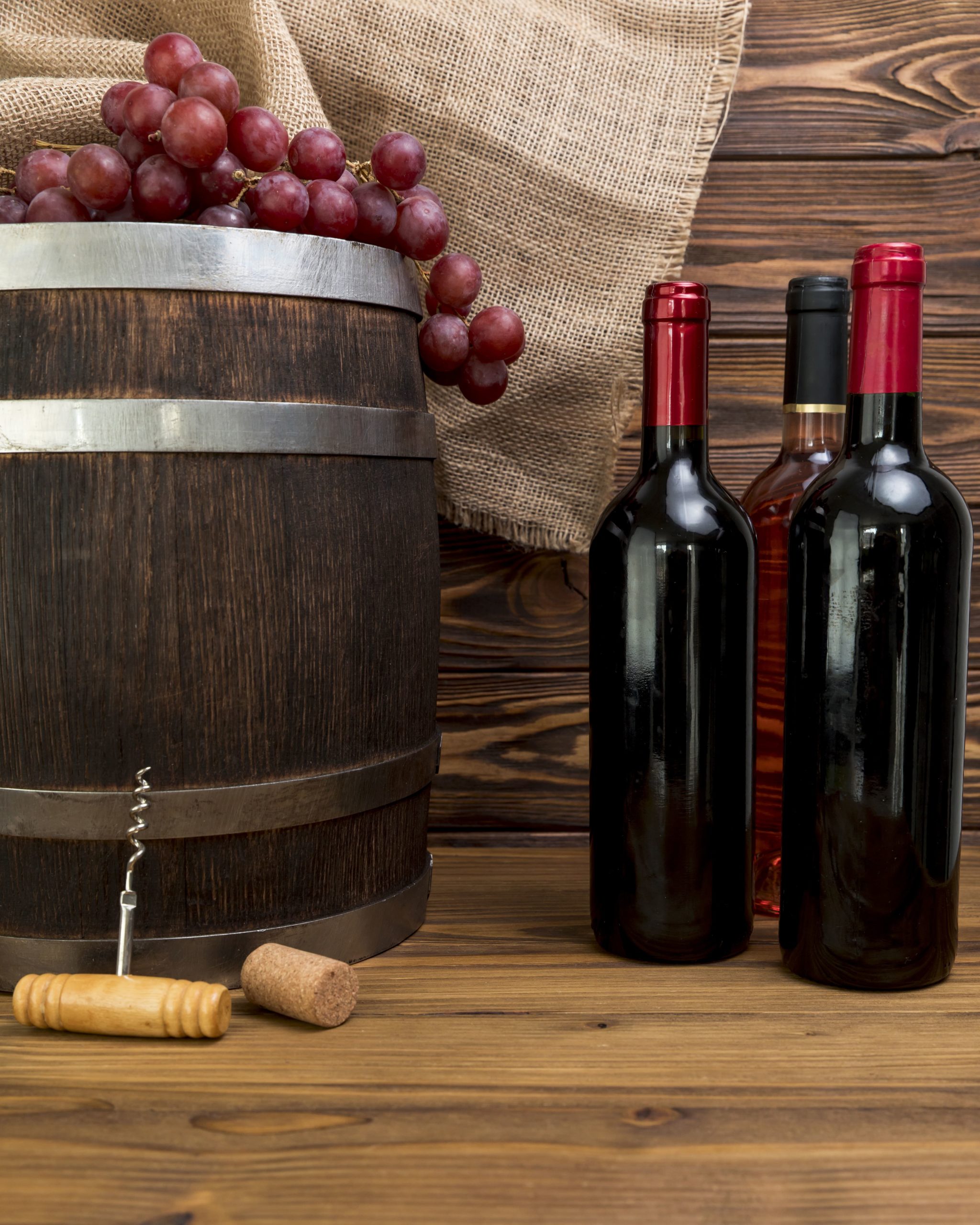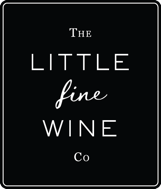
The French didn’t invent wine, which was probably made first in West Asia, in either Georgia, Armenia or Iran, in 6000 BC. But, they may well have done, given the worldwide reputation of French wine, the French wine regions Champagne, Burgundy, Sancerre and Bordeaux etc, and French wine grapes such as Pinot Noir, Cabernet Sauvignon or Sauvignon Blanc.
The Phocaeans (traders from the Greek city of Phocaea) brought grapevines to France in 600 BC, and they were cultivated there by the Romans. Since then, however, a 2000-year history of French wine traditions and winemaking have led to advanced techniques in wine cellars and vineyards. These have often been exported to other regions like Rioja and Tuscany, as well as much of the New World.
France has an complex system of appellations, i.e. the 363 vineyard areas that are strictly regulated by the country’s quality controller, the INAO (Institut national de l’origine et de la qualité). There are some flaws in this system, but it usually provides a degree of consistency and quality; think of the appellation Sancerre and Chablis, and you usually know what you’ll find in your glass.
The French also developed the idea of Grand and Premier Cru vineyards, as well as ‘terroir’. This is a medieval term which was originally used to define distinct territories, but in the 1920s was applied to wine. It means the combination of soil, topography, climate and grapevine that give wines from different vineyards recognisably different tastes.
France is also a whopping producer of wine, making over 40 million hectolitres! With Italy, France is the largest producer of wine in the world, from 200 different native grape varieties and a plethora of styles. There are the famous sweet wines of Sauternes, to Champagnes and Cremants for sparkling wines, and many different white, red and roses..
Wine has always been seen as part of the French lifestyle. France is the second biggest consumer of wine after the US, and the third biggest per capita (after Portugal and, surprisingly, Luxembourg). Just as in French cuisine, where the Michelin guide, cookery school Le Cordon Bleu and chefs Raymond Blanc, the Roux family and Anne-Sophie Pic have permeated our brains as the epitomy of cooking and eating well, so have the names of Dom Perignon, Cristal, Domaine Romanee Conti, Chateau Lafite, Chateau d’Yquem when it comes to drinking great wine.
The same goes for tourism: think of the South of France, the Mediterranean, Bordeaux city, the Loire Valley or Champagne, and (even if we don’t know the area well), most of us can imagine a holiday full of sun, good food, great wine and picturesque vineyards.
If we were, ahem, responsible for awarding medals for wine, food or travel, we know which country would win quite a few!
